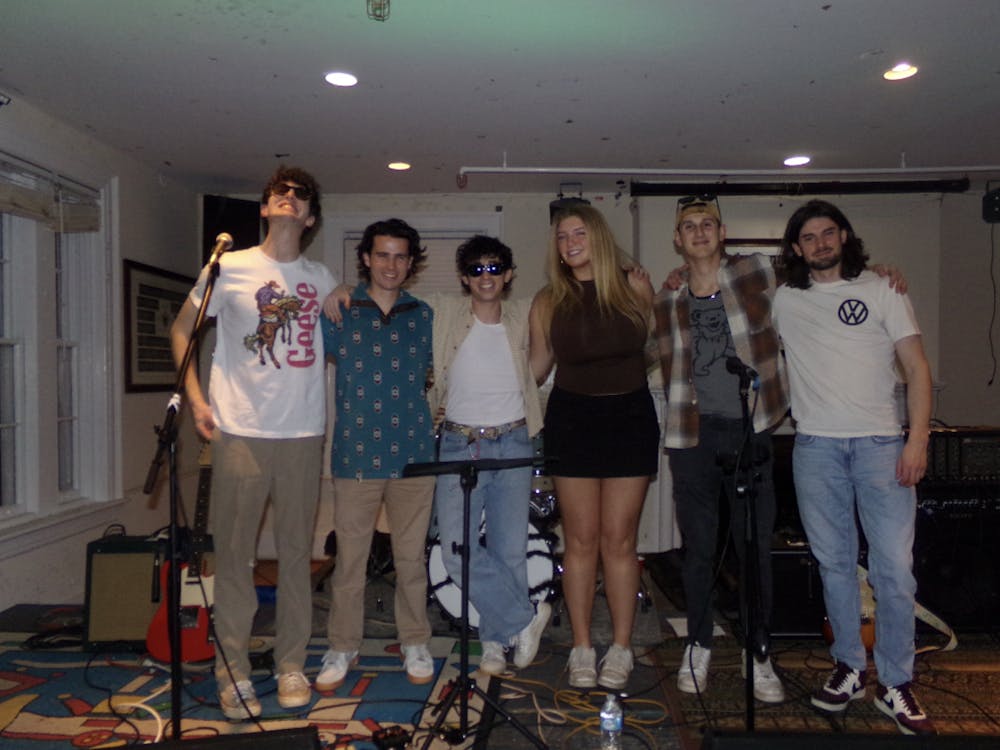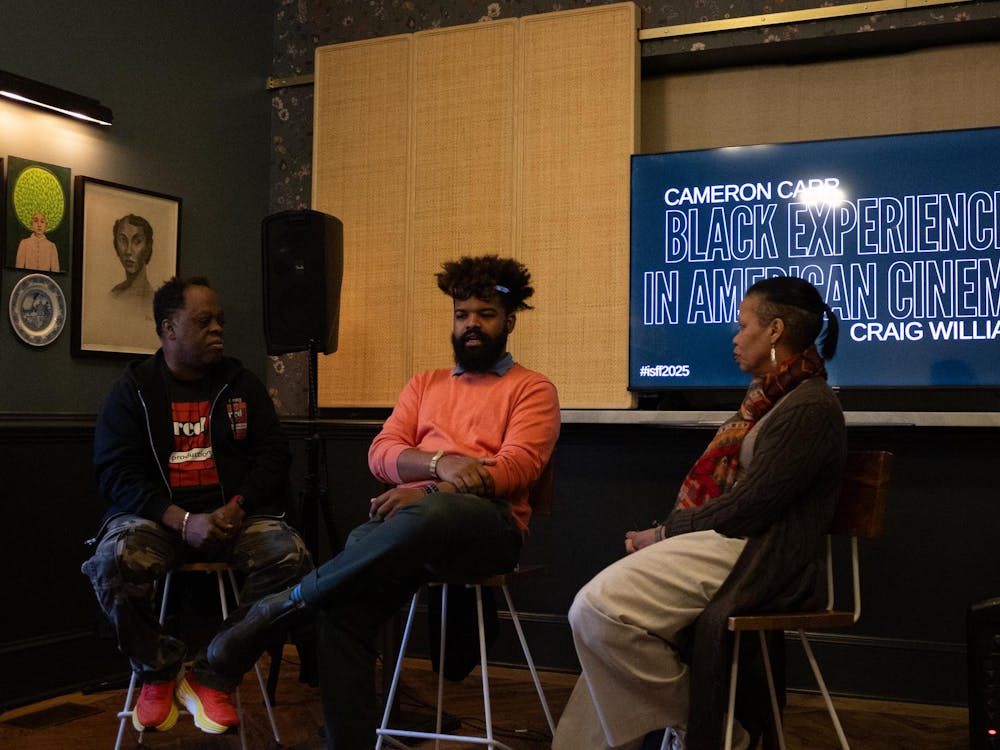This story is a part of Arts & Entertainment’s “Underdog” series running this week, which highlights commonly underappreciated artists and artistic mediums.
When you hear the world “artist,” what comes to mind? A painter? A sculptor? A musician? Few people think of glass blowers, though the word applies just as well to them — and, as masters of both performance and visual art, perhaps more so.
The process of glass blowing is at once complex and captivating. After melting the glass, one collects a gathering on one end of a blowpipe and shapes, or “marvers,” it on a smooth steel surface. From there, the artist blows into the other end of the pipe so that a bubble of air travels through and into the melted glass. The glass can be shaped and expanded by pressing on the glass and blowing more air into it.
One can then collect more glass and attach pieces onto the main work as. Throughout the process, the artist must constantly spin the pipe to keep gravity from pulling on the creation while monitoring the temperature of the glass, which will crack if it cools too much. Once the work is finished, it must be cooled very slowly to again avoid cracks. Because of time restrictions and the complexity of the process, many artists work in teams to complete individual projects.
Final products vary greatly in content and scale. Some are delicate, others heavy. They can be colorful or plain, organic or artificial. Every piece has an impressive essence — all the more remarkable once you’ve seen it evolve in front of you.
Though the medium has only recently gained notice among modern artists, glass blowing is an ancient practice. Though people have melted and shaped glass since the Mesopotamians, the Romans were the first to develop modern glass blowing techniques by discovering the vital blowpipe and glass-coloring methods still used today.
Before the 1960s, artists often had to partner with large glass firms in order to access the equipment necessary for their projects. Since then, the evolution of cheaper technology has allowed for small glass studios, making the art more intimate and personalized.
Dale Chihuly is a talented modern artist often attributed with bringing this underrepresented skill to the forefront of the art world. Perhaps the most famous of glassblowers, one-eyed Chihuly serves as the inspiration for many glass artists today. His skill has matched glass artwork to antiquated sculptures in terms of size, realism and detail. Chihuly was a big proponent of using teamwork in glassblowing, perhaps because an accident left him unable to do most of the work himself.
Because of his limited physical ability, Chihuly now mostly directs young artists, while still designing and developing the most beautiful and intricate glass pieces in the world — usually in sets of large projects. He was the first American invited to study on the Italian glassblowing island of Murano, and is one of only four American artists to have his own exhibit at the Louvre Museum in Paris.
Sadly, the cost of glassblowing keeps the practice in obscurity. Few studios can afford a furnace which reaches temperatures of several thousand degrees or the glass, blowpipes, goggles, shaping tools and other equipment necessary for the production of glasswork. For that reason, fewer people can learn the art and less pieces are made.
For now, the only schools which teach glassblowing in Virginia are Virginia Commonwealth University and Tidewater Community College — though will greater recognition of a beautiful medium, this will hopefully change.
After all, glassblowing is designed to be shared with as many people as possible.






